There’s something about the 1955 DeSoto Fireflite that keeps pulling people in—even now, decades later. It’s not just about nostalgia. The Fireflite marked a major pivot for DeSoto, stepping into a sleeker, more powerful era with styling that didn’t just follow trends—it made them. For anyone who appreciates mid-century design, V8 performance, and the kind of details you rarely see in modern cars, the Fireflite still stops you in your tracks. Here are ten reasons why it hasn’t faded from memory.
That Sweeping Forward Look Design
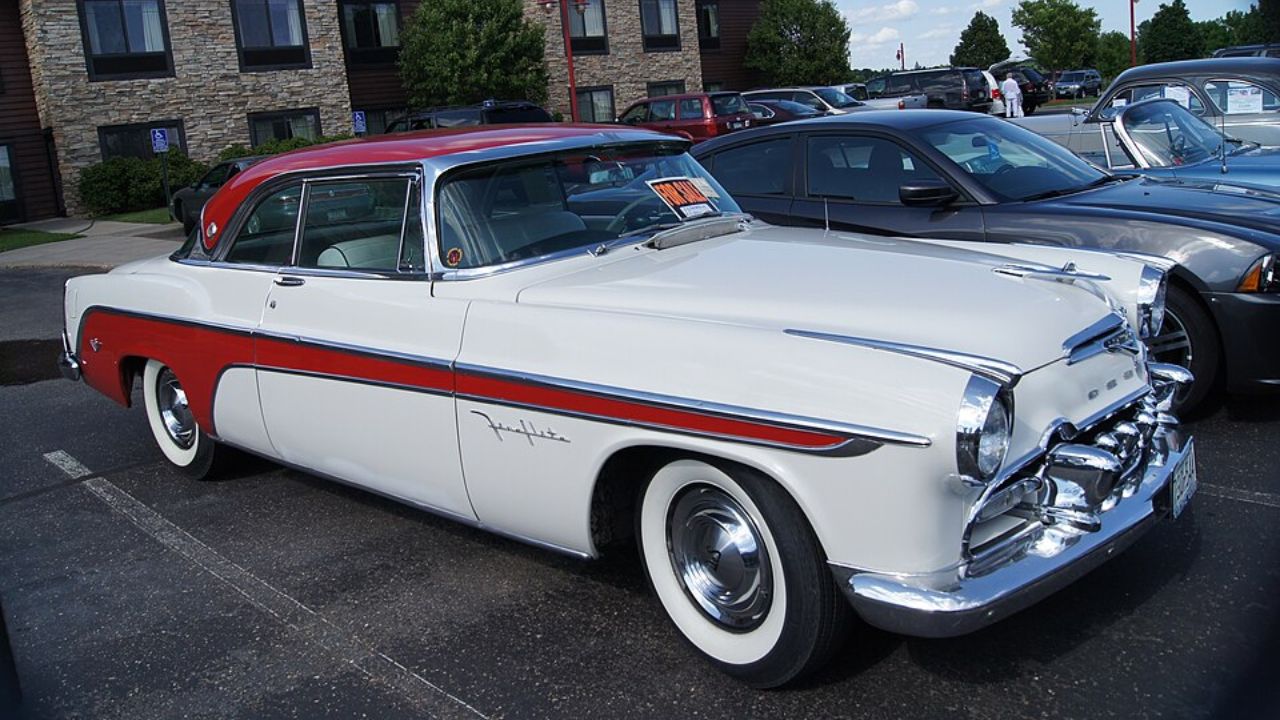
Chrysler’s “Forward Look” wasn’t just a marketing line—it was a real shift in design philosophy. The Fireflite wore it well with its sharp lines, tailfins that hinted at jet-age ambition, and a profile that actually looked fast standing still. Virgil Exner’s work wasn’t subtle, but it wasn’t gaudy either. The 1955 model struck a clean balance between flash and restraint, especially compared to some of its louder Detroit neighbors.
Even the two-tone paint options helped set it apart. You could get colors like Surf White over Aqua Blue or Emberglow over Jet Black—combinations that still feel fresh when you see one on the road. The stainless trim was purposeful and well-placed, not overdone.
A Real-Deal HEMI Under the Hood
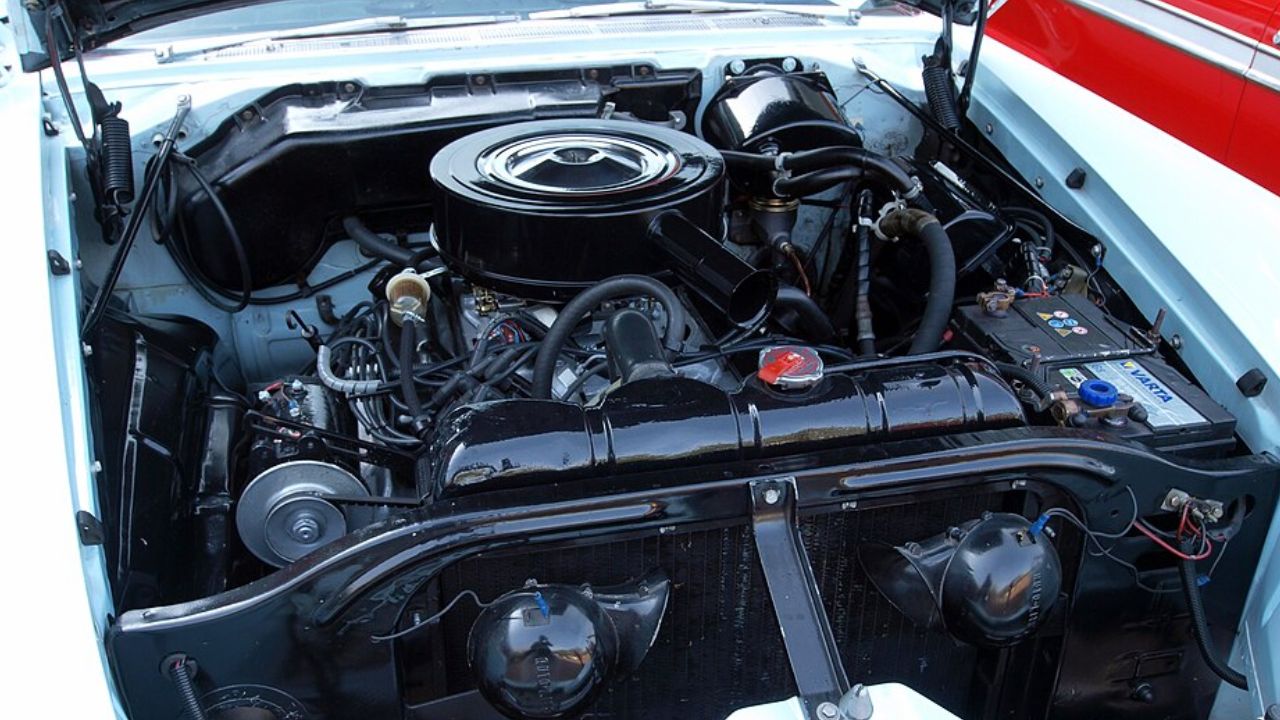
Under the hood, the 1955 Fireflite came standard with a 291 cubic inch FirePower HEMI V8. It put out 200 horsepower, which was serious muscle at the time. This was Chrysler engineering doing what it did best—building big, durable V8s that ran smoothly and had plenty of torque.
That HEMI wasn’t just about power—it brought a level of refinement you didn’t always get in the ’50s. The engine had solid low-end pull, making the Fireflite feel responsive even with its full-size weight. Matched with the PowerFlite 2-speed automatic, the driving experience was laid-back but confident.
High-End Interior That Felt Worth the Price
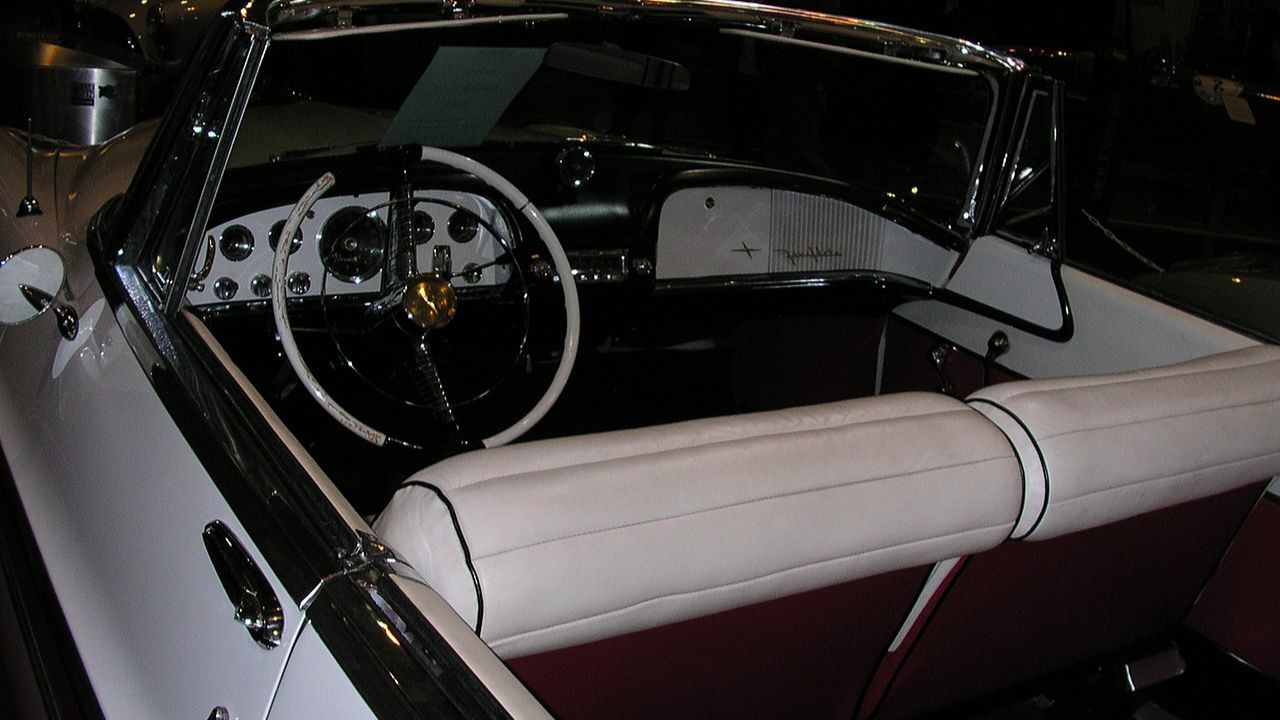
Inside, the Fireflite didn’t cut corners. Wide bench seats came wrapped in rich vinyl and cloth patterns that looked closer to mid-century furniture than car upholstery. Chrome accents were tastefully integrated on the dash, doors, and knobs—not there just to catch light, but to frame things properly.
Instrumentation was clean and legible, with a symmetrical layout that gave the cabin a sense of order. There was nothing flimsy here. DeSoto clearly aimed for a buyer who expected a bit more polish without having to step up to Imperial prices.
Early Power Features That Made Life Easier
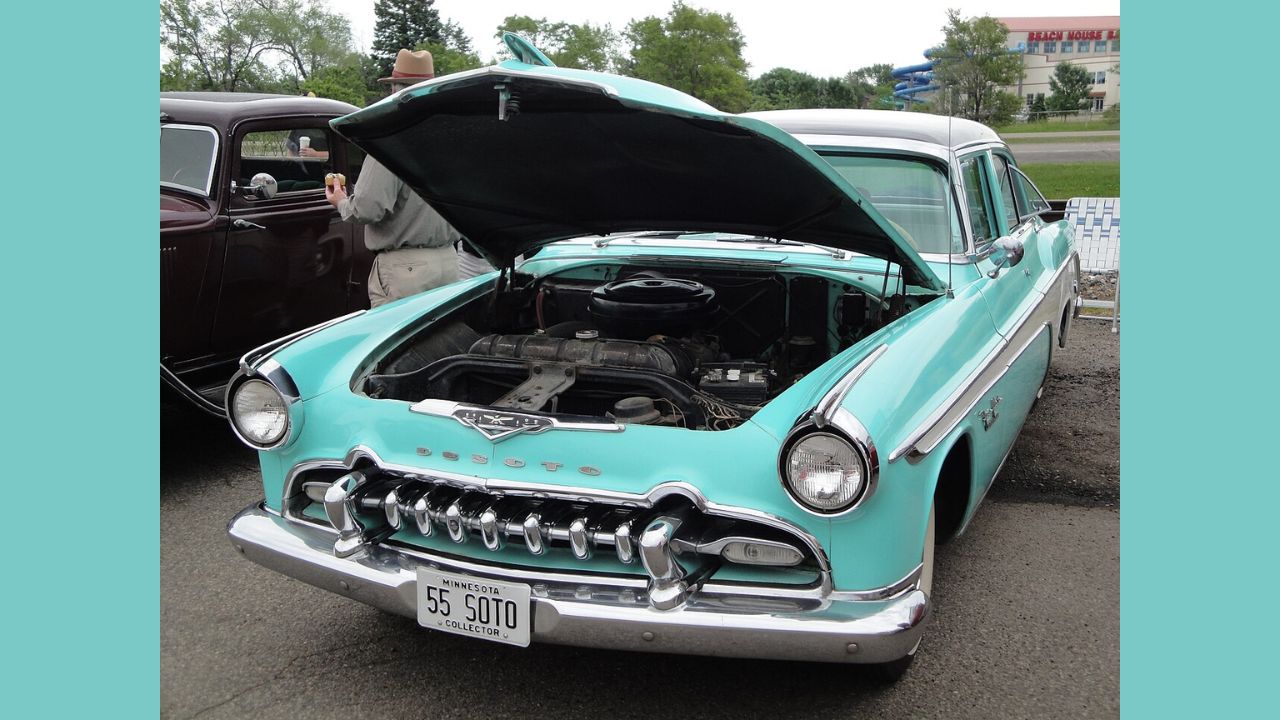
By 1955, DeSoto had started offering power steering and power brakes as options—and buyers of the Fireflite were happy to check those boxes. When you’ve got a car this size, the added assist made driving far more manageable, especially in town.
Power windows and power seats were also on the table, giving drivers a taste of luxury usually reserved for Cadillac or Lincoln. While not every Fireflite left the factory fully loaded, many were, and it showed that DeSoto understood the changing expectations of buyers in the postwar boom years.
That Front Grille You Can’t Forget
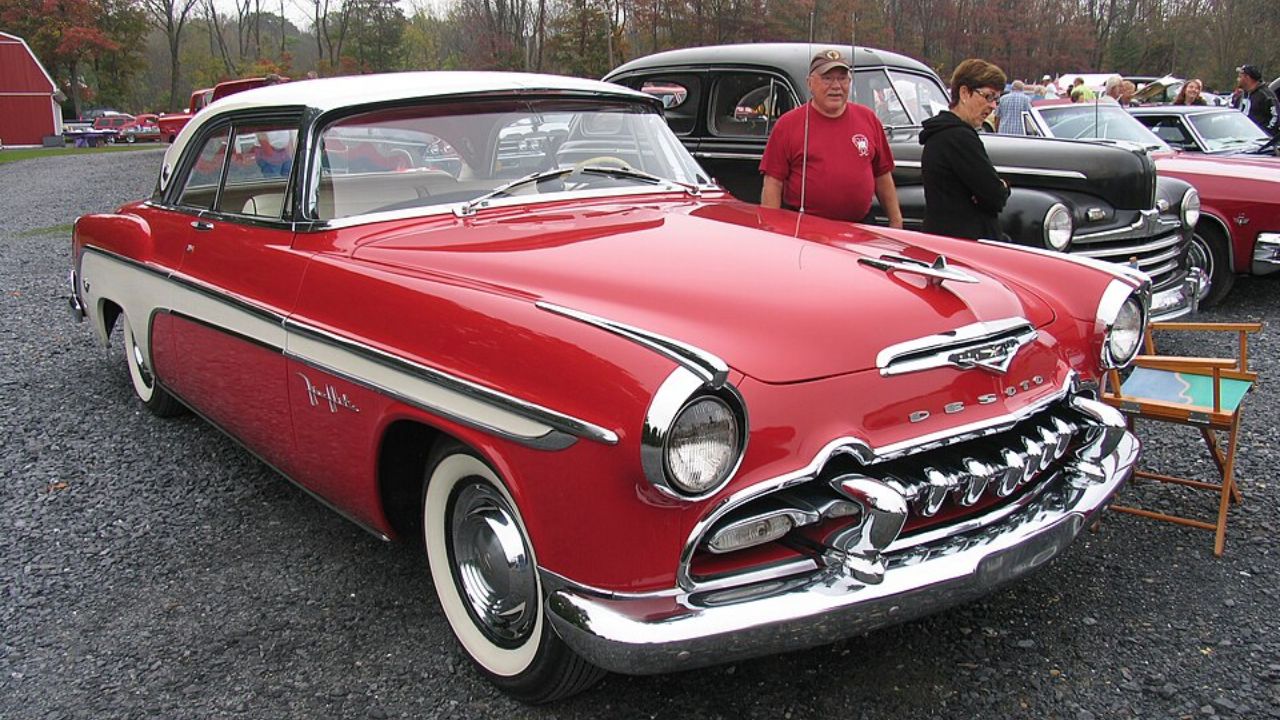
The Fireflite’s grille was wide, low, and full of personality. The vertical bars and DeSoto badge sat proudly up front, giving the car a face you wouldn’t confuse with anything else on the road. It wasn’t a copy of Chrysler or Dodge—it had its own character.
Add in the optional bumper guards and the bullet-style parking lights, and you’ve got a front end that manages to be both friendly and a little aggressive. Even parked, it looks like it has something to say.
Tailfins Done Right
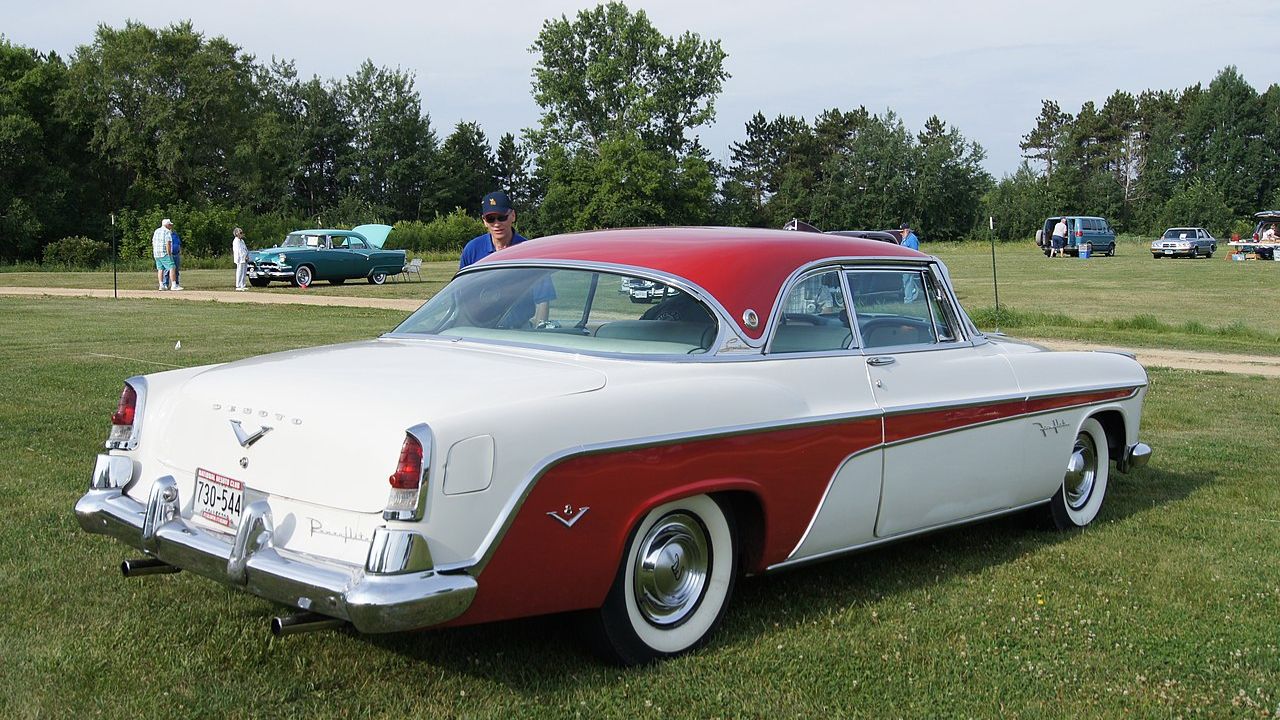
The ’55 Fireflite tailfins weren’t about excess. Compared to what would follow in the late ’50s, they were measured—confident without shouting. They rose just enough to catch your eye and add some visual lift to the rear quarter panels.
Framed by slim taillights that echoed aircraft styling without getting cartoonish, the back of the car felt cohesive. That rear view, especially with the dual exhaust tips tucked underneath, is a reminder of how design and function can actually live in the same sentence.
Built to Soak Up Miles
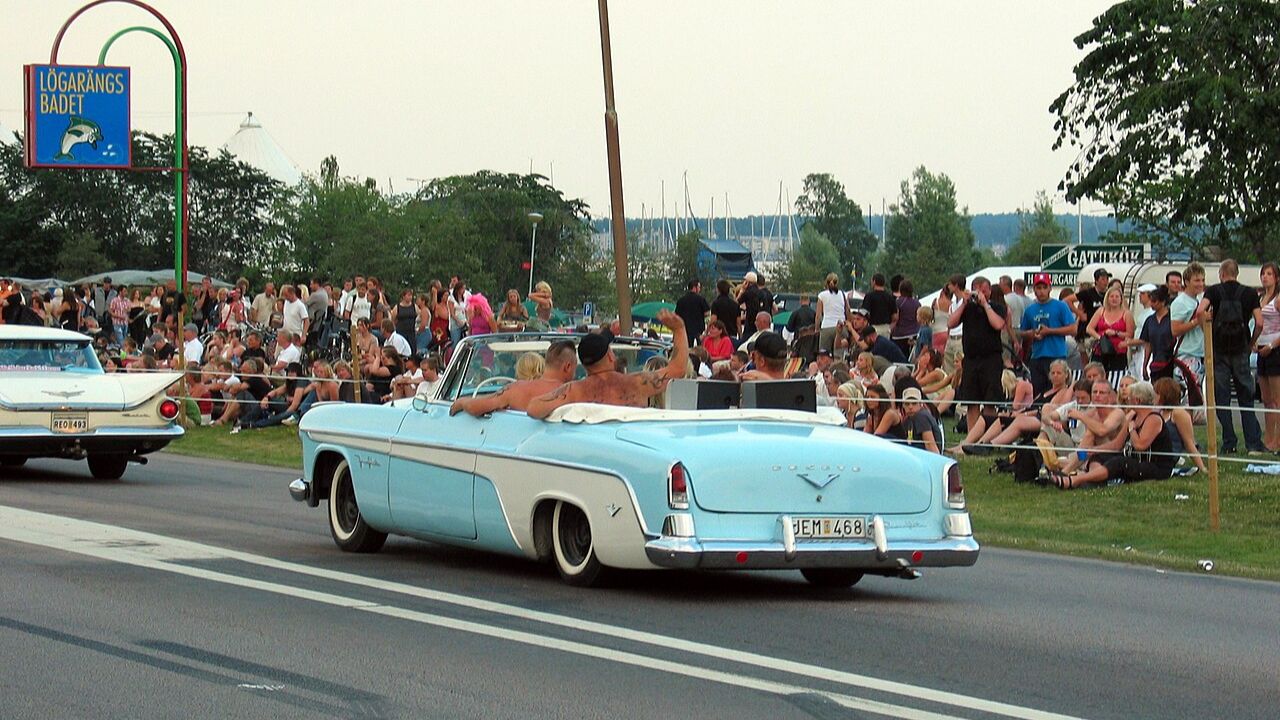
While the Fireflite wasn’t a sports car by any means, it was built for the highway. The torsion-bar front suspension and long wheelbase (126 inches) gave it a planted ride that didn’t beat up passengers on rough roads. It cruised effortlessly at 60–70 mph, which was more than enough back then.
That smooth ride was part of the Fireflite’s appeal. You could take it on a long trip without needing a chiropractor at the end. Combine that with good cabin insulation and solid build quality, and you’ve got a car that was actually comfortable to live with.
Limited Production Means Rarity Today
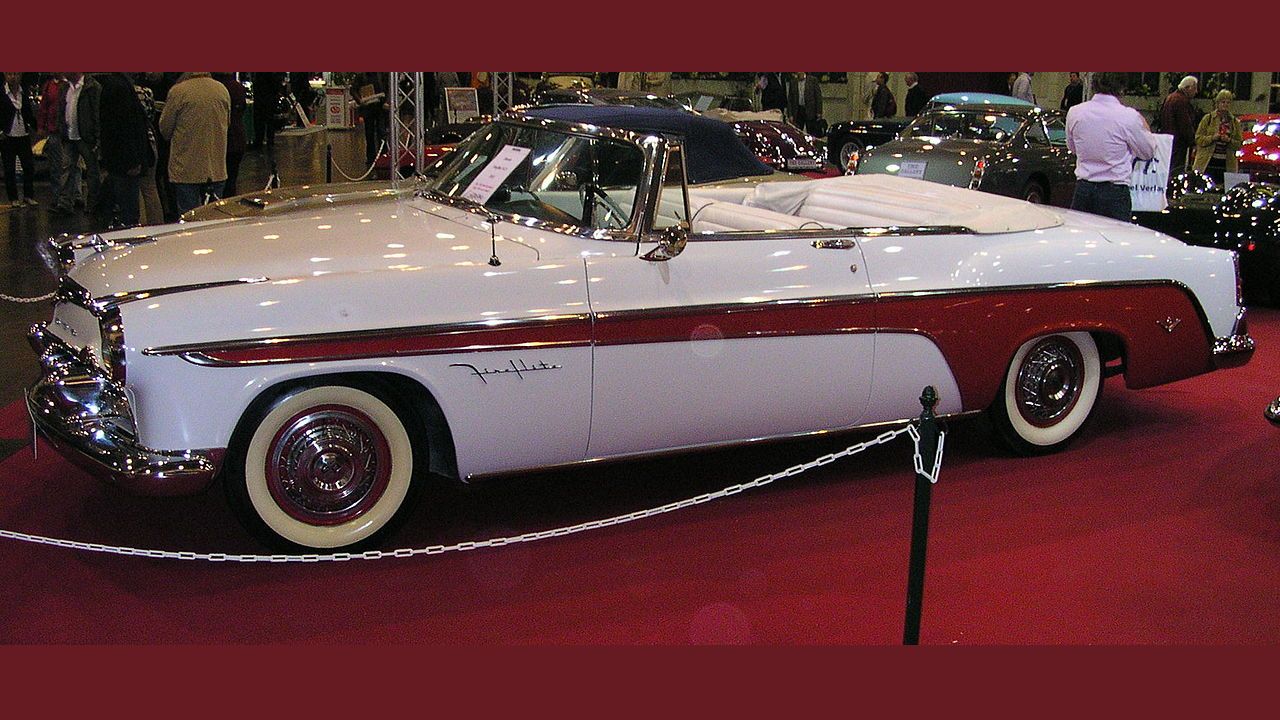
DeSoto sold just over 114,000 cars in 1955, and only a fraction were Fireflites. That makes surviving examples harder to come by now, especially those that haven’t been over-restored or hot-rodded beyond recognition.
Finding one in original or near-original condition today can be a challenge, which only adds to its visual impact. When one shows up at a car show or cruises past on the street, people notice—because you just don’t see them that often anymore.
It Hit the Market at Just the Right Time
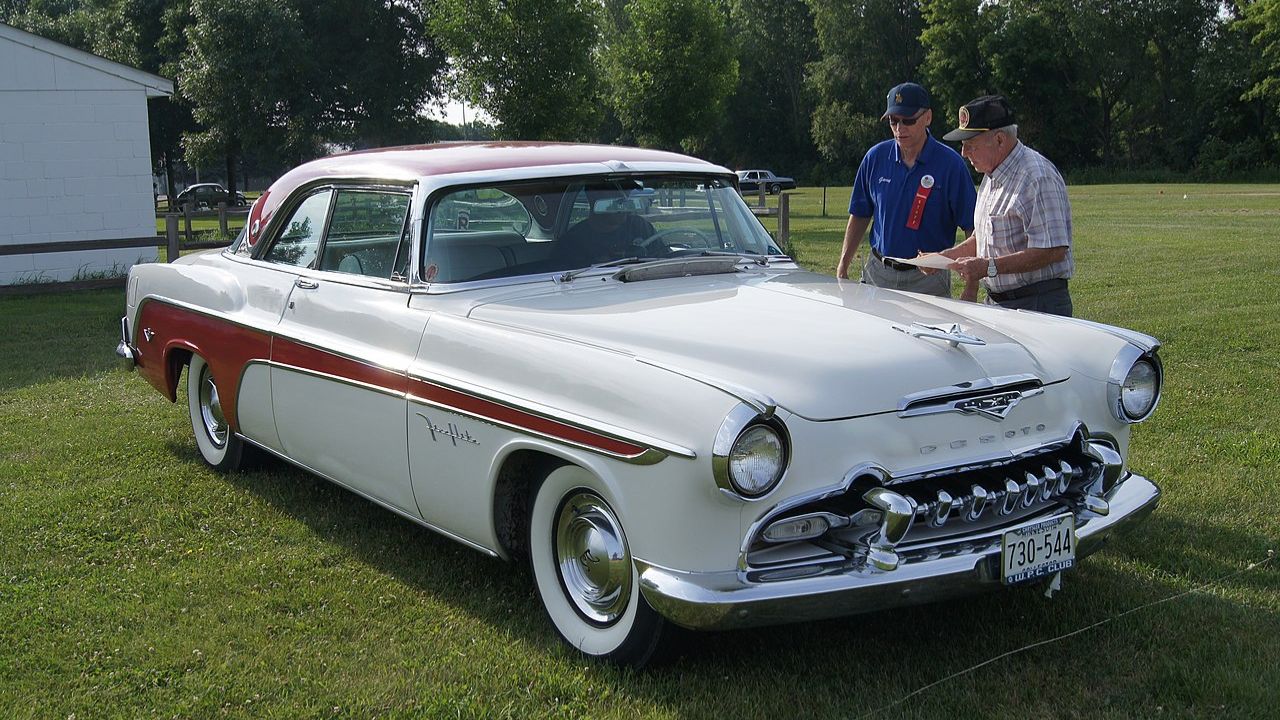
The mid-’50s were a turning point. Buyers wanted something that looked futuristic without being absurd, and the Fireflite threaded that needle well. It wasn’t stuck in prewar design language, but it also didn’t chase novelty for its own sake.
1955 was the year DeSoto jumped back into the spotlight, and for a moment, it worked. The Fireflite got people into showrooms and showed what Chrysler’s mid-tier brand was capable of. That relevance—however fleeting—still echoes today when people talk about underrated ’50s cruisers.
A Snapshot of American Confidence
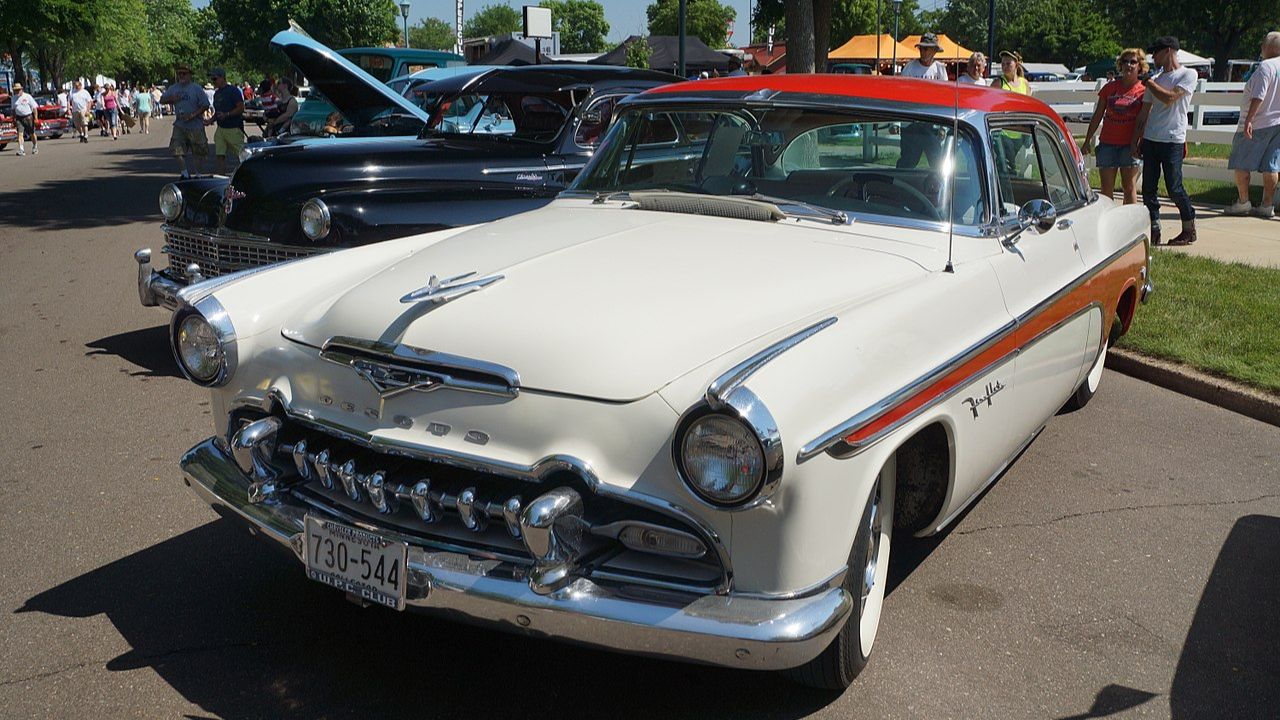
The Fireflite doesn’t try to be modest. It reflects the mood of the era—postwar optimism, growing suburbs, big roads, and bigger ideas. But it does so with a little more grace than some of its flashier rivals.
That’s probably why it still resonates. It captures a moment without looking ridiculous in hindsight. The lines, the V8, the ride—they all work together in a way that makes the Fireflite more than a vintage curiosity. It’s a piece of history that still makes sense when you see it in motion.
Like Fast Lane Only’s content? Be sure to follow us.
Here’s more from us:
*Created with AI assistance and editor review.

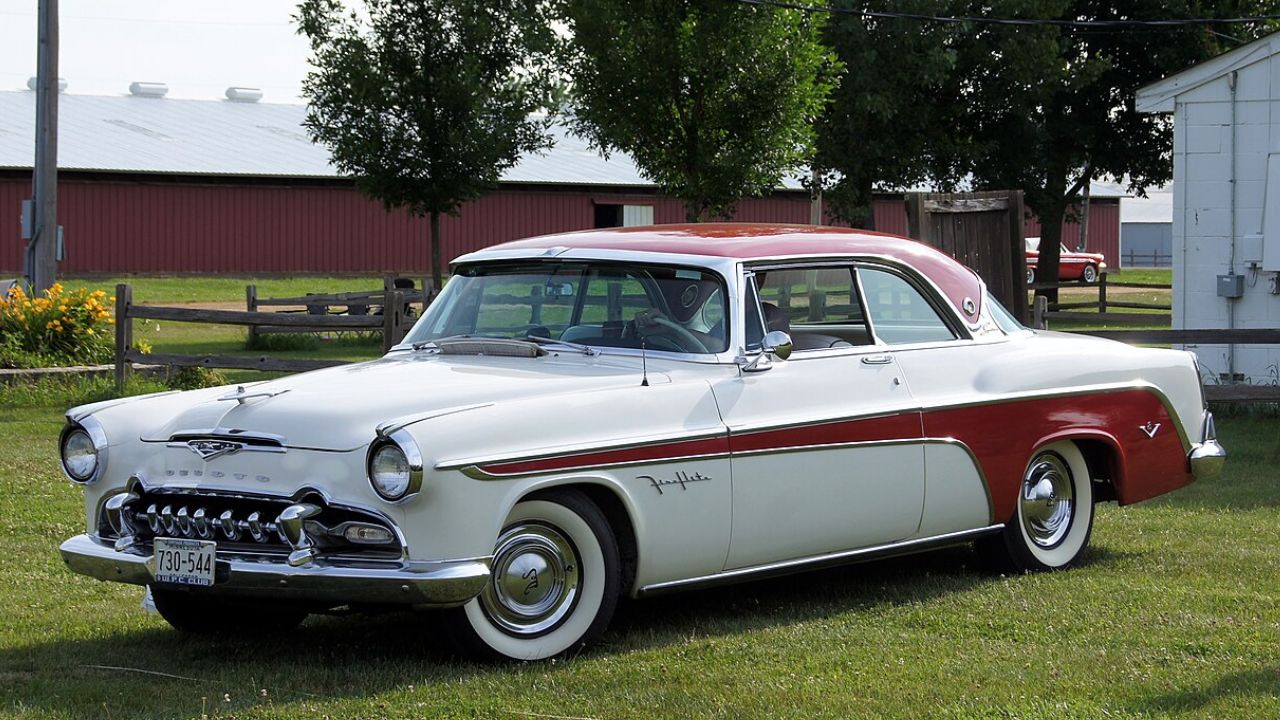
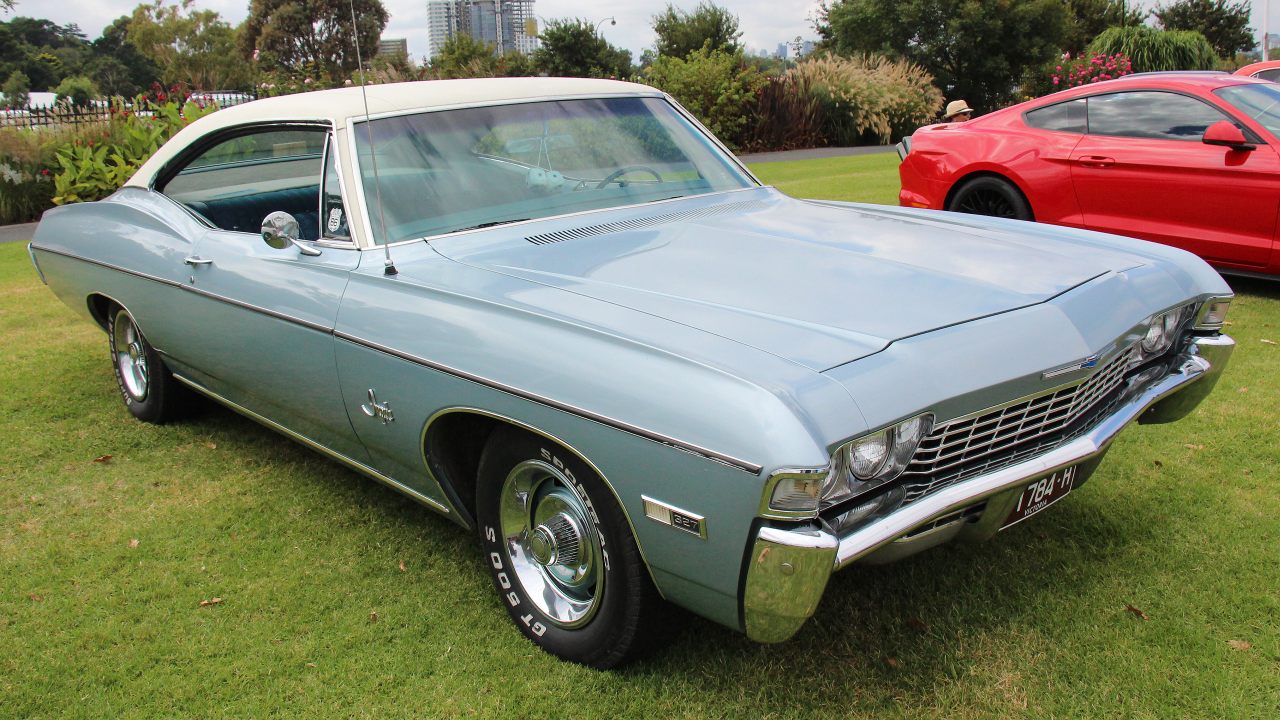
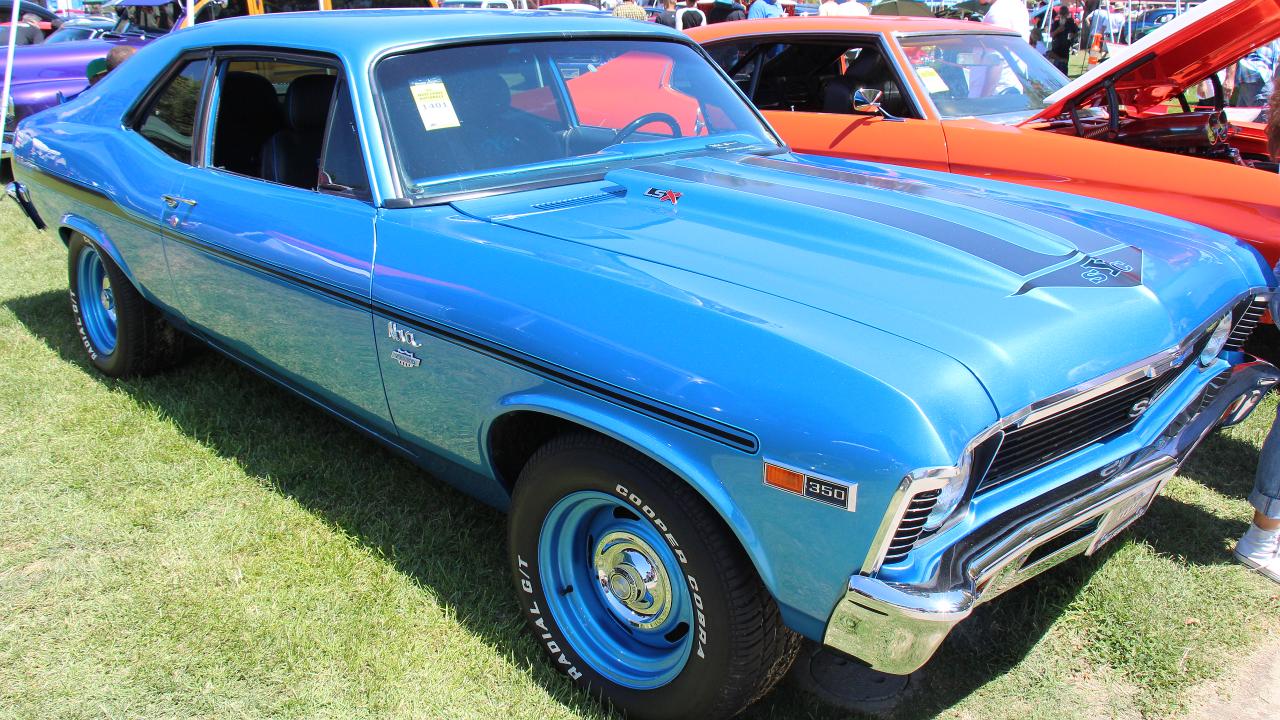
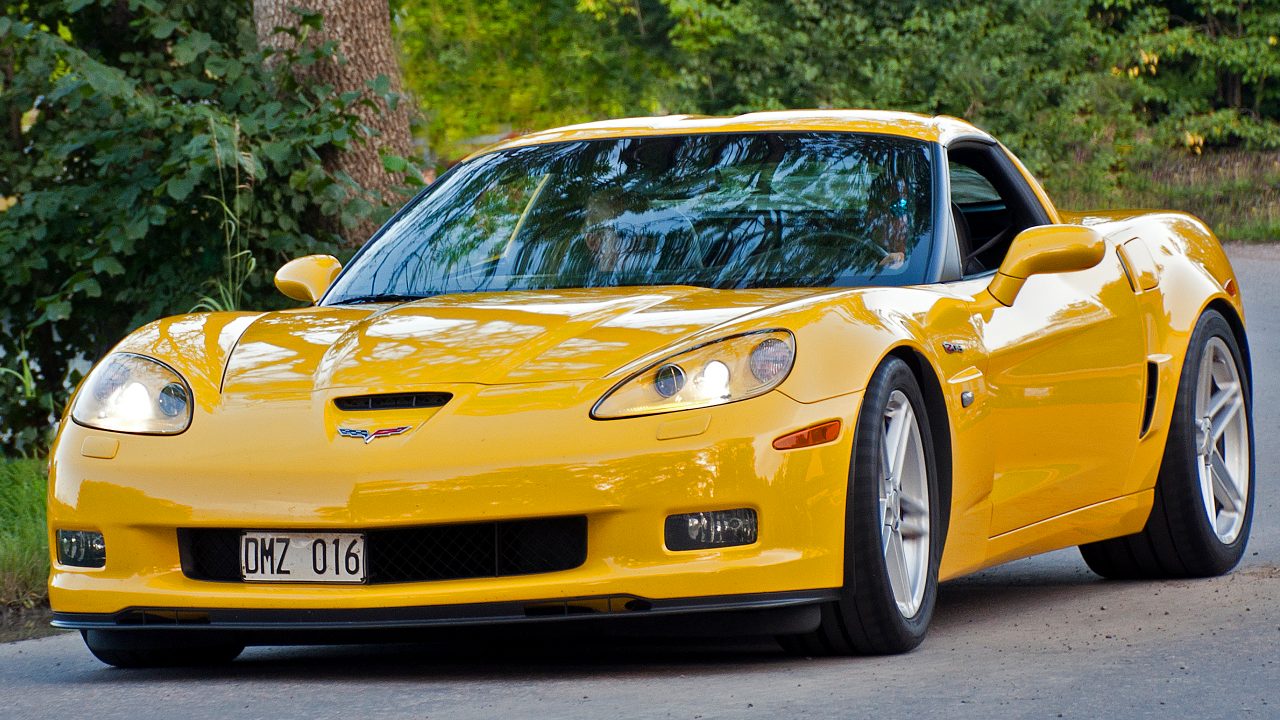
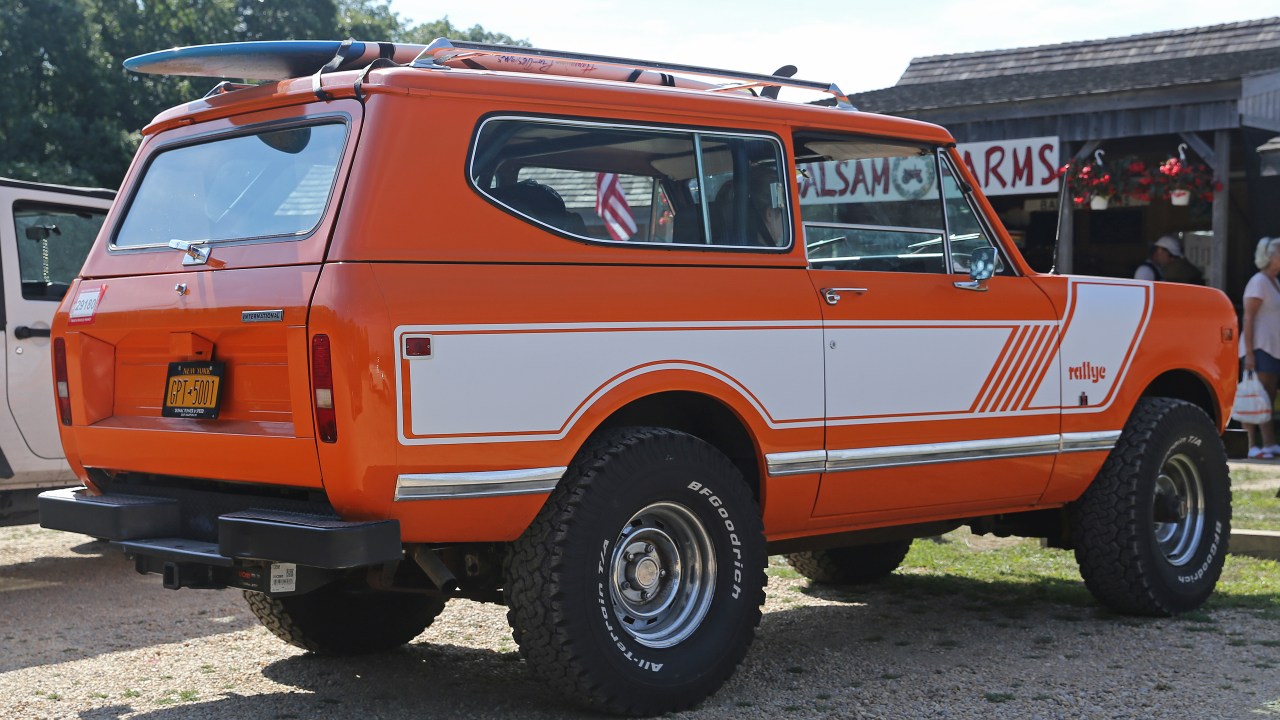
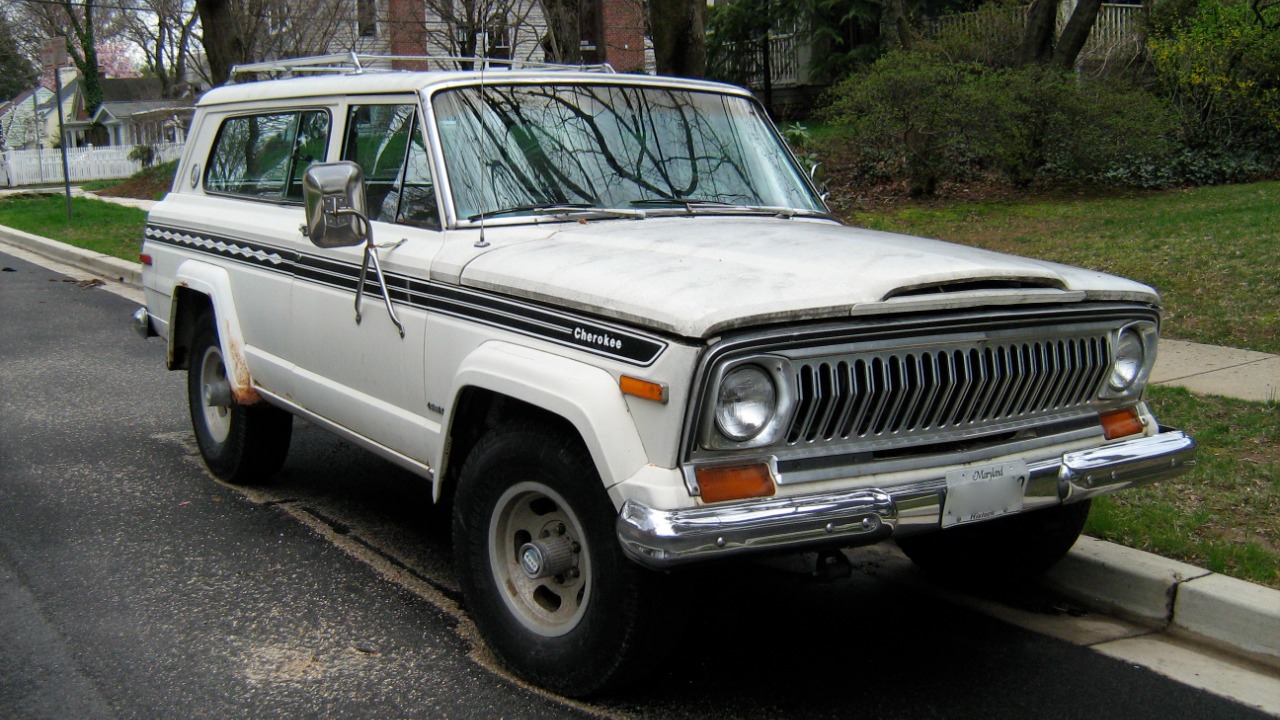
Leave a Reply